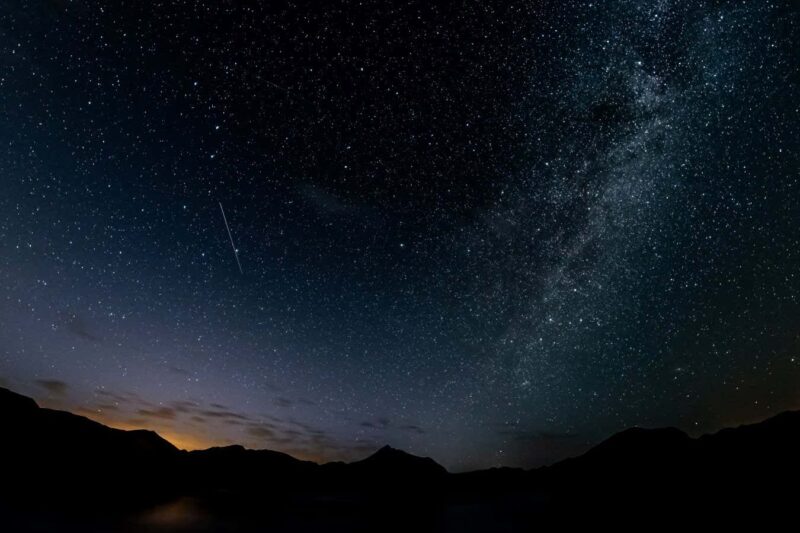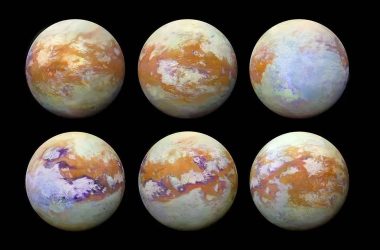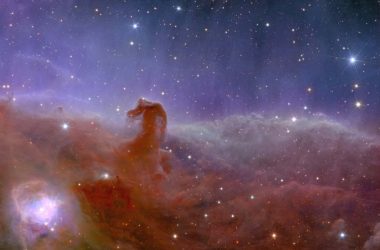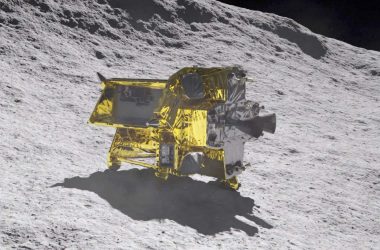The Perseid meteor shower on 18 July in Leon, Spain
Samuel de Roman/Getty Images
This year, the Perseid meteor shower started on 17 July and will conclude on 24 August. However, this weekend, on 12 and 13 August, is the best time to witness the shower at its peak. The spectacle is expected to be particularly impressive due to the fact that the moon will only be around 10 per cent illuminated, thanks to a new moon on 16 August.
How active is the Perseid meteor shower?
In its early stages, the shower could only be seen at a rate of approximately one meteor per hour, which is similar to a regular night of stargazing. However, as the shower reaches its peak, the number of meteors will increase to around 50 to 75 per hour, with a maximum of 100.
What is the Perseid meteor shower?
Meteor showers occur when the Earth passes through clouds of debris left behind by comets during their orbit around the sun. The high speeds at which these tiny grains of dust or rock enter the atmosphere cause them to burn up, creating flashes of light that traverse the sky.
The Perseids, specifically, are caused by comet Swift-Tuttle, which takes 133 years to orbit the sun. The last visible appearance of the comet was in 1992 and it won’t be seen again until 2125. In the meantime, we can enjoy the meteor shower it left behind.
Why is it called the Perseid meteor shower?
Meteor showers are named after the point in the sky where the meteors appear to originate, known as the radiant. In the case of the Perseids, the radiant is located in the constellation Perseus. While the Perseids can be seen from anywhere in the world, the best displays are typically observed in the northern hemisphere, where the Perseus constellation is visible. Perseus sits in the middle of a triangular formation made up of the W or M-shaped constellation of Cassiopeia, the Pleiades star cluster, and the bright star Canopus in the constellation Carina. If you spot any of these, you’re looking in the right direction.
Where should you look for the Perseids?
Don’t worry too much about finding Perseus. Instead, let your eyes adjust to the darkness and keep an eye out for meteors, which will streak across the sky in various directions. They will appear and vanish within seconds, moving rapidly. If you’re lucky, you may even spot some fireballs – large, brilliant meteors that can be as bright as Venus.
What’s the best time to look for the Perseids?
A few days before and after the mid-August peak provide good opportunities to see some shooting stars. Check weather forecasts to find nights with minimal cloud coverage and try observing on clear nights throughout that week and the preceding weeks leading up to the peak. It’s generally better to look before the peak rather than after. Regardless of location, the best time to look is shortly after midnight.
How can you increase your chances of seeing the meteor shower?
You don’t need to venture too far from civilization to witness the meteor shower, but a dark sky will certainly enhance your experience. Try to minimize light pollution around you by going to the middle of a park or somewhere away from streetlights. If you’re observing from home, turn off all lights and find a vantage point unobstructed by trees, buildings, or other objects.
Topics:








